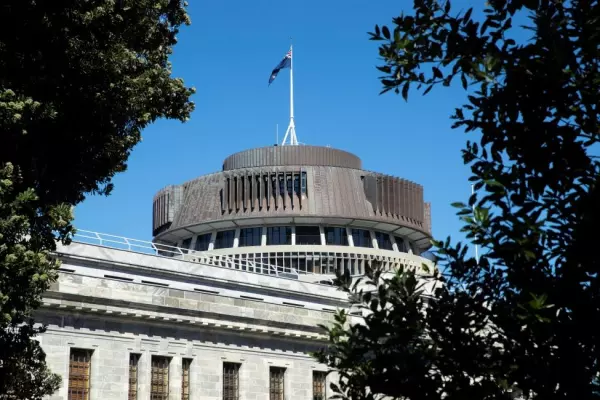The Treasury’s debt projections may be too pessimistic, and its most recent long-term briefings risk “being irrelevant”, according to auditor general John Ryan.
Eyebrows were raised last September when the Treasury met two separate legal obligations for independent reporting by publishing a single document, He Tirohanga Mokopuna 2021.
This merged the fifth publication of its long-term fiscal statement (LTFS), required every four years under the Public Finance Act, with its first attempt at a long-term insights briefing, required three-yearly under the new Public Service Act.
The merger was not successful, according to Ryan. “The Treasury was not able to realise the full potential of integrating the 2021 [insights] briefing into the 2021 [fiscal] statement,” he wrote in a report released this week.
Ryan said a shortage of time was one reason for this, but "the Treasury told us that, despite the relatively compressed time frame, it felt that it had struck the right balance between the need to communicate in a timely manner and the analysis that it wanted to do".
“Care is needed when combining the long-term insights briefing process with another existing process so that the opportunity to explore new or unconsidered issues is not lost or subsumed.”
Meanwhile, the auditor general is “unconvinced” about how the Treasury's modelling treats the billions of dollars of assets the New Zealand Superannuation Fund.
Among the main messages of He Tirohanga Mokopuna 2021 were that on current policy settings the government’s net debt is likely to be unsustainable over the long term - driven more by the ageing population than by covid-related borrowing.
“Current debt levels are prudent” and the current surge in borrowing “offsets the worst aspects of the [covid] crisis and avoids long term economic scarring,” Treasury secretary Caralee McLiesh said when the briefing was released.
But in the long term “net debt is likely to be on an unsustainable trajectory if expenditure and revenue follow historical trends”, she said.
Super Fund's pennies not counted
Holding net government debt at 48% of GDP by 2061 would require revenue (mainly taxes) to rise to 39% of GDP versus 29% today, the Treasury found. Without revenue changes, the government’s net debt would reach almost 200% of GDP by 2061.
 John Ryan is "unconvinced" about excluding Super Fund assets from debt calculations (Image: supplied)
John Ryan is "unconvinced" about excluding Super Fund assets from debt calculations (Image: supplied)Yet the Super Fund grows to 38% of GDP by 2061, according to a Treasury background paper, and that huge sum is excluded from the Treasury’s analysis, contrary to a 2016 recommendation from the auditor general.
“We remain unconvinced that NZ Superannuation Fund assets should be excluded from the calculation of net debt,” Ryan said this week.
He praised the Treasury for developing a second economic model for assessing long-term government debt. “However, in my view, some of the models’ underlying assumptions and the limited number of scenarios that they incorporate still constrain the usefulness of the projections,” he said.
“The long-term fiscal statement and the long-term insights briefing need to have enough in them to stimulate debate, assist the government in prioritising important short-term decisions that have long-term implications, and support Parliament and the public to hold the government to account.
“Anything less risks being irrelevant. These documents are important for the long-term future of New Zealand, and they should matter,” Ryan concluded.
'Different perspectives'
In response to BusinessDesk questions, the Treasury said it produced its long-term insights briefing sooner than was legally required “so that other agencies would be able to take account of the significant change in the fiscal context as they developed their own insights briefings".
“The document included a wide range of scenarios, we expanded and deepened our analysis in many areas, and we published a number of technical background papers to provide additional analytical insight into the issues covered.”
The Treasury’s statement also noted that, despite his criticisms, the Auditor-General found that its long-term insights briefing meets the statutory requirements and that he approved of some improvements in the LTFS.
“We welcome external scrutiny and assessment of our work, including that of the Office of the Auditor-General, although we have different perspectives on some of the matters raised,” the Treasury’s statement said.















